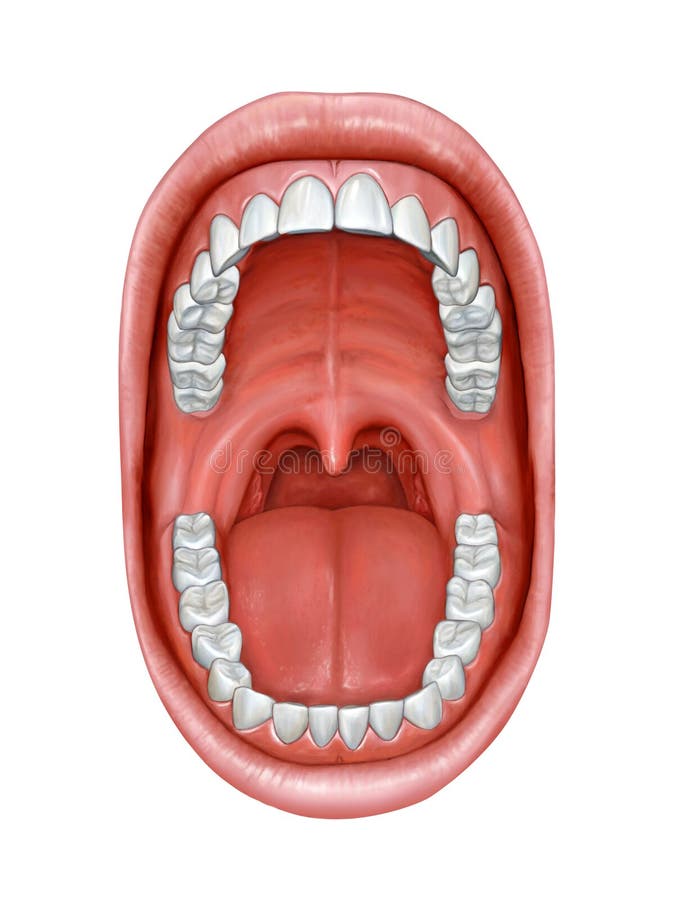
Using the muscles of the eyes and neck to find safety in our environment is a self-regulating evolutionary function. It can be an enjoyable practice anytime/anywhere, being curious about colors (or other sensations) and noticing any pleasurable/comforting aspects.
This video is a short introduction on the useful tool of simply “letting your eyes go where they want to go”:
For a longer (~15 mins), guided practice on Orienting, I recommend this video, which goes explores vision, sound, and smell:
Orienting relates to the biology of the nervous system, especially the vagus nerve (“social” ventral vagus from polyvagal theory is related to safety and connection). Stanley Rosenberg’s “Basic Exercise” is a way to reset this system by moving the eyes in a specific way.
There are loads of videos floating around on it, but this is one of my personal favorites:
(Here is a written version and shorter explanation video: The Basic Exercise by Stanley Rosenberg @ neurodiversecounseling.com)
I highly recommend the book “Accessing the Healing Power of the Vagus Nerve: Self-Help Exercises for Anxiety, Depression, Trauma, and Autism”(affiliate link). It’s an easy read and gives some very useful techniques, especially if you work in the helping profession.
Rosenberg is a Danish bodyworker who collaborated closely with Dr. Stephen Porges (the creator of the Polyvagal Theory). He popularized an easy way to visually assess the ventral vagus nerve by looking in the back of the throat (palatalpharnygeal arch). This can be easily checked with a flashlight by therapists – even those who don’t have a license to touch them.
You can also check yourself in a mirror by saying a short “Ah” several times and watching the movement, which should be symmetrical and even. Doing this before and after performing the Basic Exercise can prove it’s effectiveness!